Avinash Malik
Reinforcement Learning Pair Trading: A Dynamic Scaling approach
Jul 23, 2024



Abstract:Cryptocurrency is a cryptography-based digital asset with extremely volatile prices. Around $70 billion worth of crypto-currency is traded daily on exchanges. Trading crypto-currency is difficult due to the inherent volatility of the crypto-market. In this work, we want to test the hypothesis: "Can techniques from artificial intelligence help with algorithmically trading cryptocurrencies?". In order to address this question, we combine Reinforcement Learning (RL) with pair trading. Pair trading is a statistical arbitrage trading technique which exploits the price difference between statistically correlated assets. We train reinforcement learners to determine when and how to trade pairs of cryptocurrencies. We develop new reward shaping and observation/action spaces for reinforcement learning. We performed experiments with the developed reinforcement learner on pairs of BTC-GBP and BTC-EUR data separated by 1-minute intervals (n = 263,520). The traditional non-RL pair trading technique achieved an annualised profit of 8.33%, while the proposed RL-based pair trading technique achieved annualised profits from 9.94% - 31.53%, depending upon the RL learner. Our results show that RL can significantly outperform manual and traditional pair trading techniques when applied to volatile markets such as cryptocurrencies.
Basis Function Based Data Driven Learning for the Inverse Problem of Electrocardiography
Feb 01, 2021
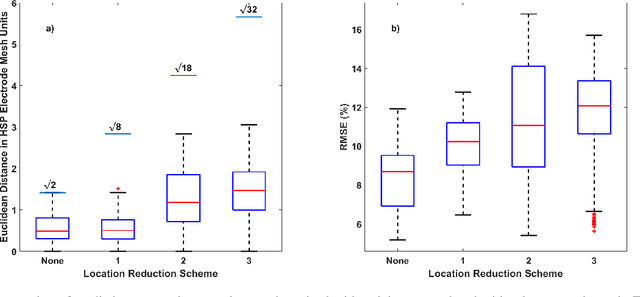
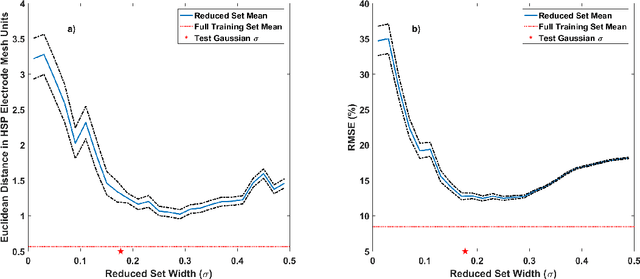
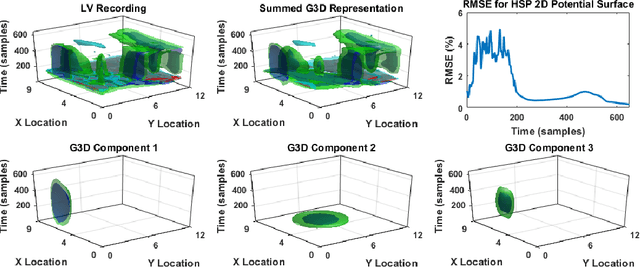
Abstract:Objective: This paper proposes an neural network approach for predicting heart surface potentials (HSPs) from body surface potentials (BSPs), which reframes the traditional inverse problem of electrocardiography into a regression problem through the use of Gaussian 3D (G3D) basis function decomposition. Methods: HSPs were generated using G3D basis functions and passed through a boundary element forward model to obtain corresponding BSPs. The generated BSPs (input) and HSPs (output) were used to train a neural network, which was then used to predict a variety of synthesized and decomposed real-world HSPs. Results: Fitted G3D basis function parameters can accurately reconstruct the real-world left ventricular paced recording with percent root mean squared error (RMSE) of $1.34 \pm 1.30$%. The basis data trained neural network was able to predict G3D basis function synthesized data with RMSE of $8.46 \pm 1.55$%, and G3D representation of real-world data with RMSE of $18.5 \pm 5.25$%. Activation map produced from the predicted time series had a RMSE of 17.0% and mean absolute difference of $10.3 \pm 10.8$ms when compared to that produced from the actual left ventricular paced recording. Conclusion: A Gaussian basis function based data driven model for re-framing the inverse problem of electrocardiography as a regression problem is successful and produces promising time series and activation map predictions of real-world recordings even when only trained using Guassian data. Significance: The HSPs predicted by the neural network can be used to create activation maps to identify cardiac dysfunctions during clinical assessment.
Recommendation Engine for Lower Interest Borrowing on Peer to Peer Lending (P2PL) Platform
Jul 20, 2019



Abstract:Online Peer to Peer Lending (P2PL) systems connect lenders and borrowers directly, thereby making it convenient to borrow and lend money without intermediaries such as banks. Many recommendation systems have been developed for lenders to achieve higher interest rates and avoid defaulting loans. However, there has not been much research in developing recommendation systems to help borrowers make wise decisions. On P2PL platforms, borrowers can either apply for bidding loans, where the interest rate is determined by lenders bidding on a loan or traditional loans where the P2PL platform determines the interest rate. Different borrower grades -- determining the credit worthiness of borrowers get different interest rates via these two mechanisms. Hence, it is essential to determine which type of loans borrowers should apply for. In this paper, we build a recommendation system that recommends to any new borrower the type of loan they should apply for. Using our recommendation system, any borrower can achieve lowered interest rates with a higher likelihood of getting funded.
A machine learning approach to reconstruction of heart surface potentials from body surface potentials
Jan 19, 2018
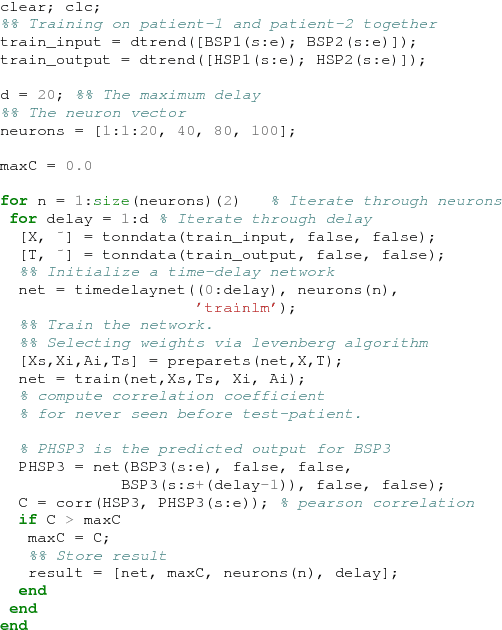
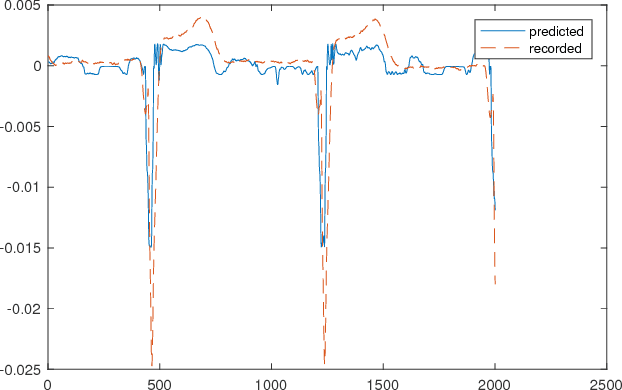
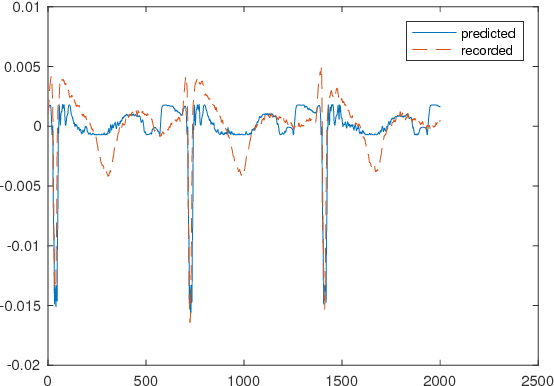
Abstract:Invasive cardiac catheterisation is a common procedure that is carried out before surgical intervention. Yet, invasive cardiac diagnostics are full of risks, especially for young children. Decades of research has been conducted on the so called inverse problem of electrocardiography, which can be used to reconstruct Heart Surface Potentials (HSPs) from Body Surface Potentials (BSPs), for non-invasive diagnostics. State of the art solutions to the inverse problem are unsatisfactory, since the inverse problem is known to be ill-posed. In this paper we propose a novel approach to reconstructing HSPs from BSPs using a Time-Delay Artificial Neural Network (TDANN). We first design the TDANN architecture, and then develop an iterative search space algorithm to find the parameters of the TDANN, which results in the best overall HSP prediction. We use real-world recorded BSPs and HSPs from individuals suffering from serious cardiac conditions to validate our TDANN. The results are encouraging, in that coefficients obtained by correlating the predicted HSP with the recorded patient' HSP approach ideal values.
 Add to Chrome
Add to Chrome Add to Firefox
Add to Firefox Add to Edge
Add to Edge